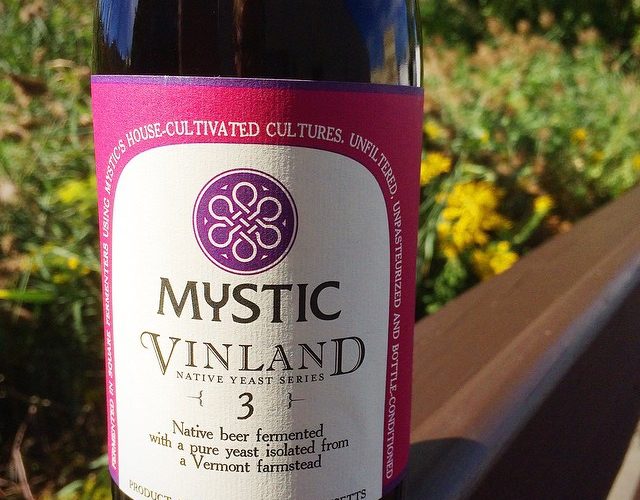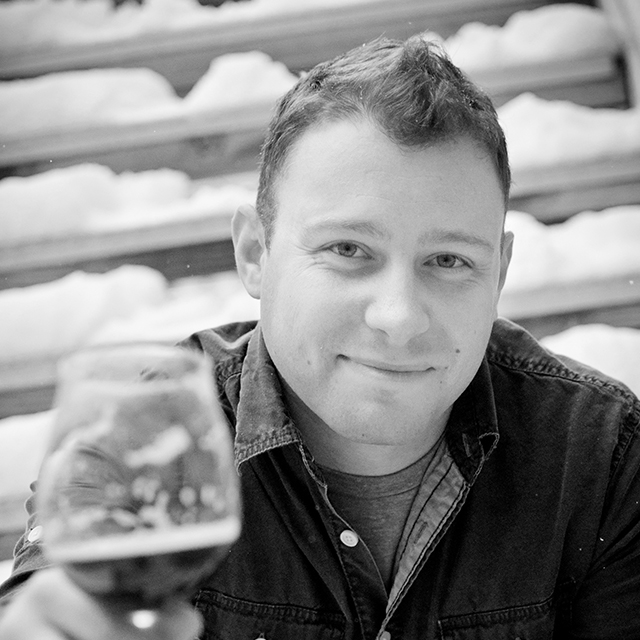While hops and malt are discussed greatly when describing today’s craft beers, it’s often other ingredients like yeast—and water to an extent—that have more of an effect on the flavor profile of your favorite craft beers.
In many styles, particularly ales, the character that yeast contributes makes up almost the entire composition of perceived flavor. Consider a Belgian-style witbiers’ fruity (orange/citrus) character. No sweet fruit is added, instead the fruity flavors and aromas in a wit come almost entirely from yeast-derived esters.
I think by now you have figured out that there are many different types of ale and lager yeast varieties, each that have been cultured to provide very specific characters or to act a very specific way. These are the Westminster Dog Show-approved breeds of brewer’s yeast. But what about those brewers who see the beauty in a rescue dog with a wild side—enter wild yeast.
More and more small and independent craft brewers in the U.S. are seeking out all types of yeasts that produce flavors that conventional yeast types can’t provide. One such brewery, Mystic BreweryOpens in new window, has even created a series of beers intent on highlighting indigenous yeasts that may have never been considered for use in the brewhouse before.
“On the occasion of our anniversary every year we release a beer from the brewery made with a single strain of indigenous American yeast. We hit the road and go “yeast hunting” by literally going into the wild, collecting specimens and then building up a fermentation culture from the samples that we collect.”
Now before we start wondering why all breweries don’t head to the great outdoors with a Petri dish and microscope to wrangle their own regions’ unique yeast cells. While yeast exists pretty much everywhere, not all of them can ferment wort into beer—at least not the type of beer we’d like to drink. Add that to the fact that yeast cells can mutate very quickly, and you’re potentially dealing with a lot of variables.
Not many craft brewers would appreciate adding one type of yeast to a batch of wort only to find that the yeast changed mid-fermentation to create a completely different beer. Additionally, many of these wild yeast can wreak havoc in a brewhouse setting. If even a cell were to get loose and start fermenting other beers, it could have disastrous results.
Still for those brewers who take the necessary precautions, beers created by non-traditional native, wild or spontaneously-applied yeast varieties offer a truly unique experience for the beer lover. So the next time you drink one of these experimental beers—or even beers you normally enjoy—ask yourself what part of the flavors you experience is coming from the yeast a brewer chose for that particular beer.
Want to read more about Mystic Brewery’s Vinland Series, check out their blog post: A Dictionary of Yeast Hunting: Keys to Vinland 3Opens in new window
CraftBeer.com is fully dedicated to small and independent U.S. breweries. We are published by the Brewers Association, the not-for-profit trade group dedicated to promoting and protecting America’s small and independent craft brewers. Stories and opinions shared on CraftBeer.com do not imply endorsement by or positions taken by the Brewers Association or its members.


Share Post